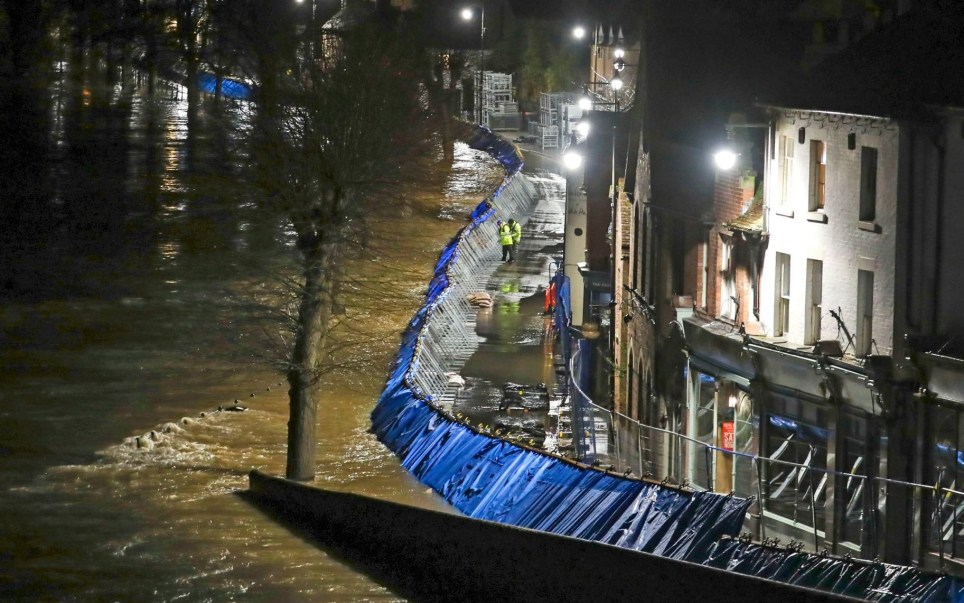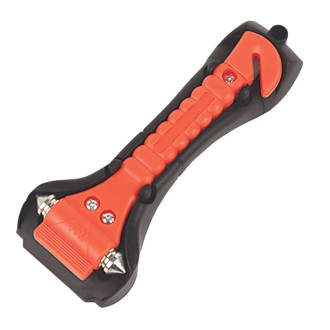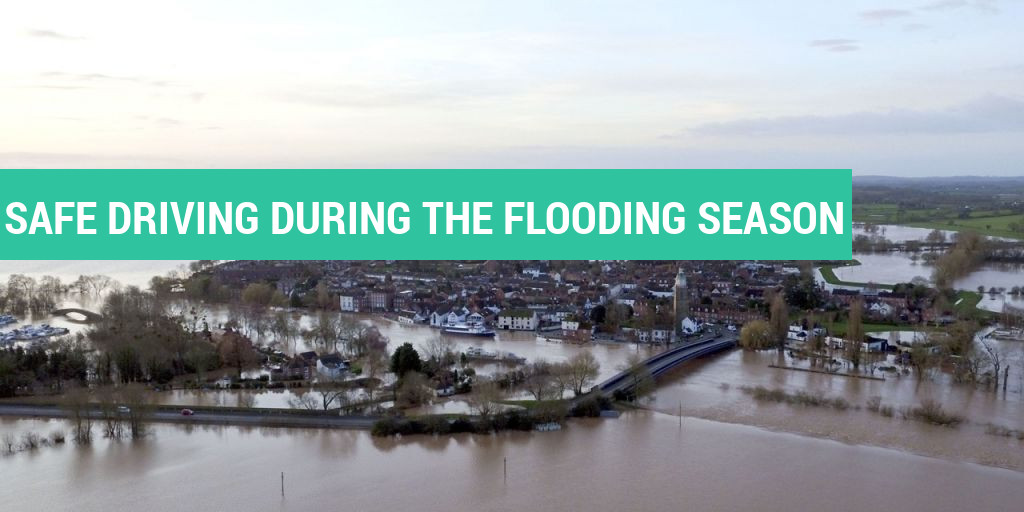With Storm Dennis being a menace over the weekend and Storm Ellen inbound, flooding has submerged the headlines. Many areas in the UK over the past week have been witness to some of the worst flooding in recent memory. The unprecedented levels of rainfall have swept the nation which has led to widespread flooding. Thousands have been displaced from their homes because of this. We can’t control the weather however what we can do is supply some vital tips in staying safe while driving in these conditions.

Fail to prepare, prepare to fail!
Corny, we know. Normally we would advise against travel when conditions are severe. However, if it is necessary please follow these steps in preparing yourself/vehicle for the journey.
- This may sound very self-explanatory but, if you hear flooding is imminent in your area try to move your vehicle to higher ground. Water and vehicle electrics aren’t the best of friends.
- Try to fill up your vehicle before you travel. Wipers, heaters and lights all being switched on will affect fuel economy. Additionally the likelihood of getting stuck in traffic will also increase fuel consumption.
- Bring your mobile. Just in case you are faced with any emergencies.
- Check your wiper blades are up to the job. Both front and back.
- Ensure your tyres are of the legal tyre tread depth so you can be sure you have adequate grip on the roads.
- Purchase a car fire safety emergency hammer. IF the worst case scenario happens and find yourself trapped in your vehicle underwater a device like this can be a lifesaver. This is because in the event of your vehicle being submerged underwater your car electronics will cease to work meaning your windows will not be able to be wound down. The outside pressure of the water will make it extremely difficult for you to break through, hammers like the one below are designed for situations like this. To see a tool like this in action – Click Here. You can normally get these for around £5 – Click here

Safer driving in heavy rain
Ok, now you’re on the road and the heavens have opened. The rain is falling heavily. You need to adapt to the changing conditions, here are some pointers to driving in heavy rain:
- Use dipped headlights, allowing other drivers to see you easily
- Slow down! Keep as much distance between you and the vehicle in front. Stopping distances in rain are increased compared to dryer conditions.
- Driving too fast through standing water such as large puddles, could lead to your tyres losing contact with the road. If steering all of sudden feels light this could mean you’re aquaplaning. To combat this, ease off the accelerator and do not brake. Slow down your car until you gain full control of steering.
- Additionally driving too fast through deep water can cause serious damage to your vehicle.
- Keeping your air conditioning on will help stop your windows from mist up.
- If you find yourself broken down waiting for recovery, try to keep the bonnet closed to help prevent the electrics from getting wet.

Driving through deep water, floods and fords
Heavy rainfall and storms can lead to flooding. We don’t advise driving through bodies of water. In most cases turning around and finding an alternative route is the better option. However if it is unavoidable follow these tips from the RAC:
- “Size up the water first – even if it means you have to stop your car and get out (getting a bit wet is a lot better than being left stranded). If the water is muddy you might not be able to see the bottom and gauge its depth. Try and find a stick or an object to find the lowest point.
- If you suspect it’s too deep, or you can’t be sure, always find another way to your destination. Modern vehicles’ door seals are good and keep water out, but this can make a car buoyant, meaning it could begin to float if the water gets too deep leaving you stranded. Even in this instance the water will eventually find its way in.
- If the puddle is shallow enough to drive through, try and spot any objects that may cause damage to your car’s wheels, tyres or suspension, potentially leaving you mid-puddle with a problem. This way you can pick a safe path across.
- Once you’ve confirmed you can drive through the puddle and determined your route, keep your vehicle in a low gear (second is generally adequate) and engine revs up. This will help you maintain momentum when you travel through the puddle, creating a bow wave so you don’t get bogged down.
- Once you exit the other side – and especially if the puddle is on the deep side – pause for a moment if you can to let any excess water drain away and flow back to where it came from. If you can’t, be aware that grip levels on the road ahead will be diminished, as fluid from the puddle is dropped along the Tarmac by other cars.
- It’s always worthwhile gently brushing your brake pedal on exit, creating some friction and therefore heat to evaporate off any excess moisture. Some luxury vehicles can sense when you’ve navigated a puddle and automatically do this for you, keeping braking performance as effective as possible.”
Concluding, judge whether it is necessary to make the journey in the first place. Take guidance from local news and weather warnings. If conditions are not favourable then it is down to you to make that personal decision. If travel is imperative then take heed of our top tips as it may come in handy. Stay safe on the roads!
Click here to go to our blog home page
To see to top special leasing offers click here



